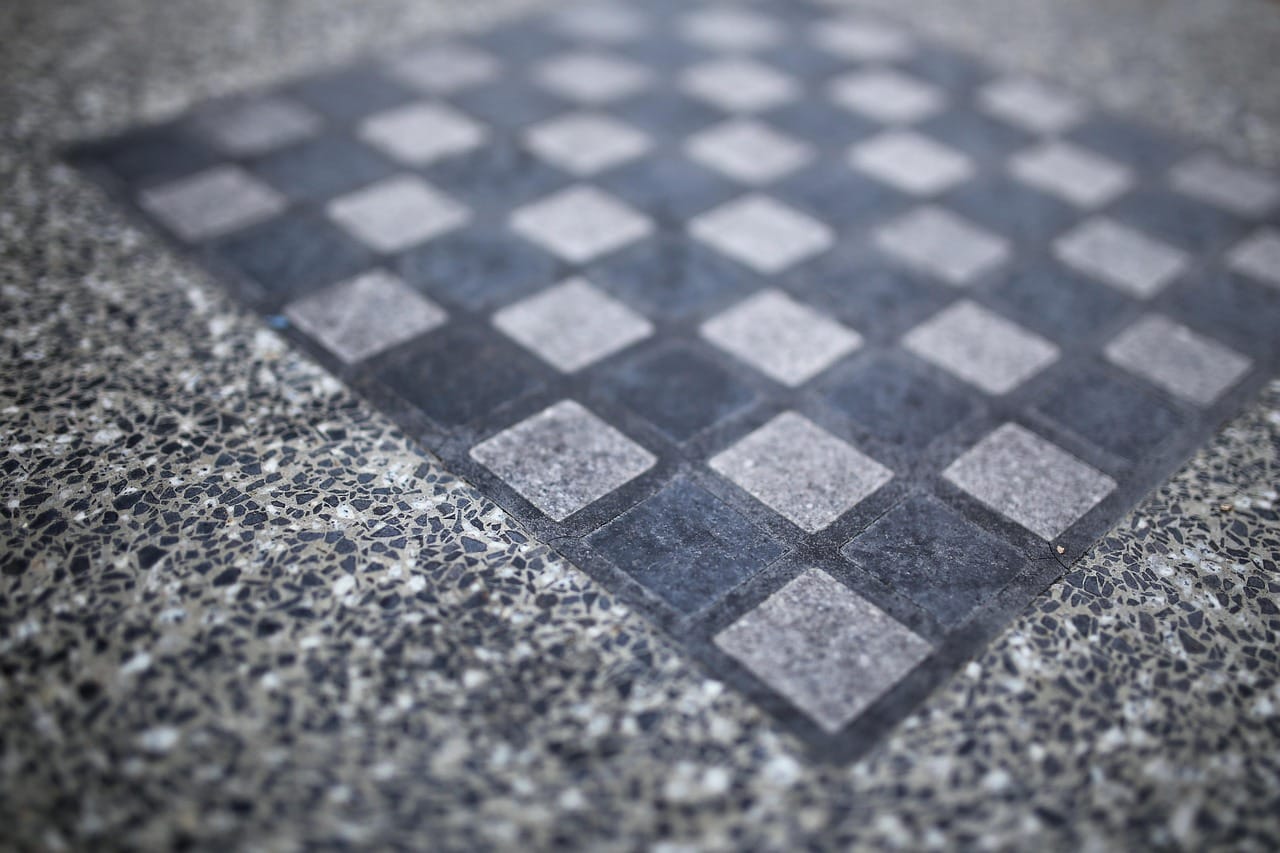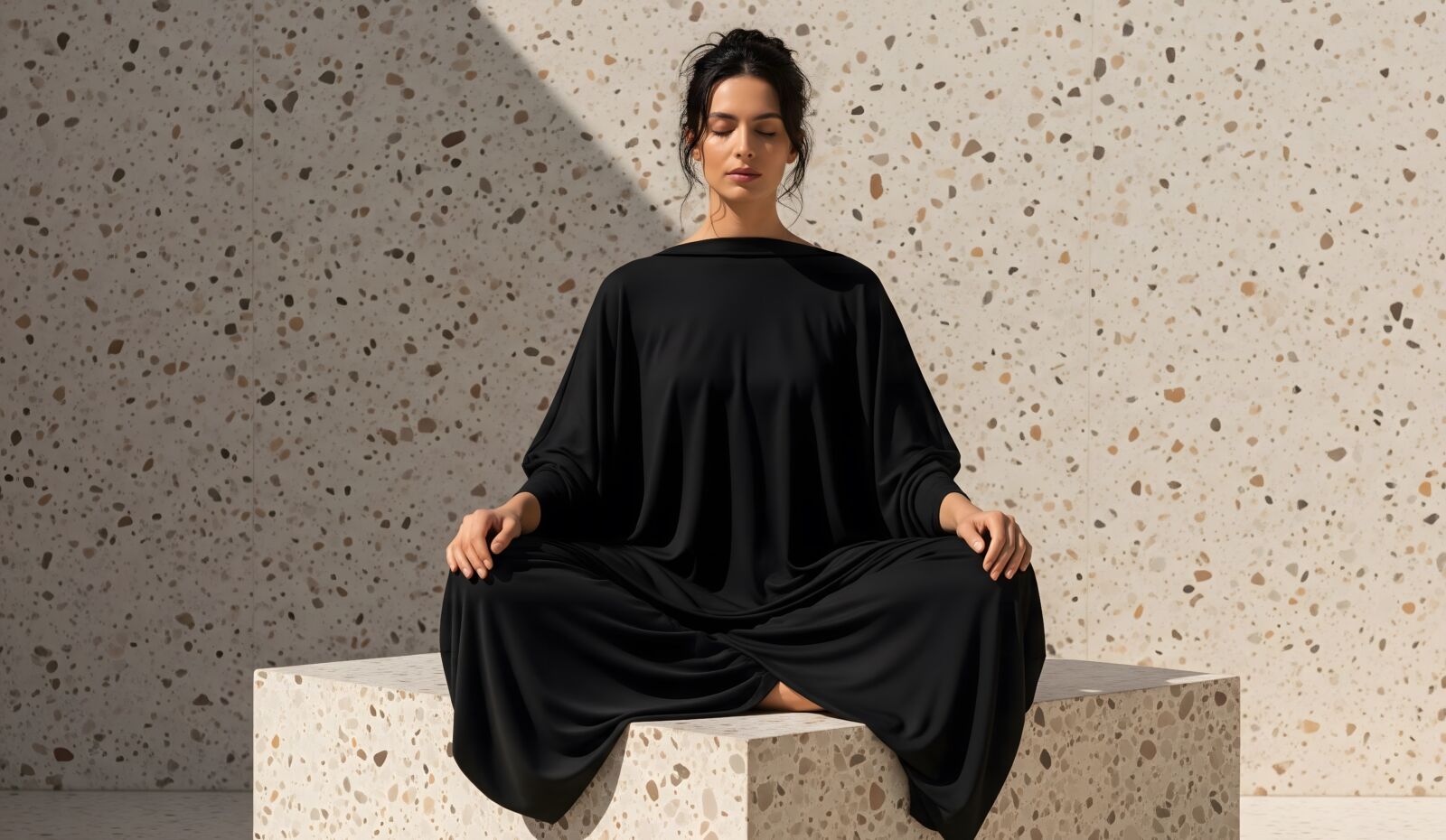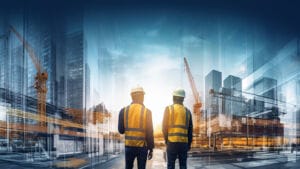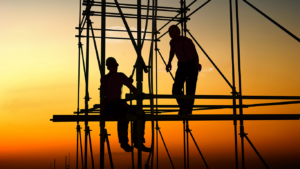As the construction industry becomes increasingly sustainability-minded, architects, designers, and contractors are constantly on the lookout for building materials that successfully marry ecological awareness with longevity.
Terrazzo has become a material of choice for many environmentally conscious building projects.
As a modern and eco-friendly choice, this material keeps on giving with classic design choices and strong environmental values.
This post examines the role of terrazzo in advancing green building. Let’s talk about its sustainable material and long-life product and its great applications for your environmentally conscious project or building.
LOCAL NEWS: Phoenix housing market outpaces national trends again in 2025
INDUSTRY INSIGHTS: Want more news like this? Get our free newsletter here
What Makes Terrazzo Sustainable?
Terrazzo is environmentally friendly due to its material and method of creation. It is a colonnade material made from recycled glass, marbles, and even stone chip aggregates joined with either a cementitious or resinous binder. This unusual mix is very important in terms of its green credentials.
That’s the kind of versatility that enables terrazzo to be a neutral, plain backdrop for other design elements or the star in a room.
High Recycled Content
One of the greatest ecological benefits of terrazzo is its use of recycled content. Rather than transporting old, shattered glass bottles, porcelain, and stone waste to the dump, it’s been reincarnated as a more sustainable, functional version of itself, intermingled within a new terrazzo floor.
This decreases waste, saves raw materials, and reduces the carbon dioxide produced in making new products by reusing materials.
Recycled Content At Dongxing Group, we aim to use as much recycled content in our terrazzo products as possible, transforming otherwise potentially wasted materials into beautiful, premier surfaces.
Low VOC Emissions
Interior air quality is a key aspect of green building. Volatile organic compound (VOC)-emitting materials can be dangerous for the occupants of a building. Today’s terrazzo systems, and in particular epoxy-based materials, are 0 (or low) VOC formulations.
Opting for a low-VOC terrazzo floor also helps the indoor environment, making this an ideal choice for schools, hospitals, and commercial spaces where air quality is important.
Sustainable Production Practices
Top manufacturers include Dongxing Group, which has adopted modern technology to ensure a more eco-friendly production of terrazzo.
200,000 Square Meters Factory Our factory covers an area of 200,000 square meters, a modern production plant with Italian production and testing equipment for energy-saving and sophisticated non-waste products.
We refine our production methods so our terrazzo has a low environmental impact, in keeping with our sustainability values.

The Long-Term Benefits of Terrazzo
Apart from its constituents, terrazzo is also low-maintenance and long-lasting, a win for environmentally friendly design. Environmental impact at the end of life. The lifetime of a product is one major contributor to its environmental impact.
Exceptional Durability and Longevity
A correctly installed terrazzo floor can even outlive the building in which it is installed. This remarkable service life can reduce the number of replacements required over a facility’s lifetime and, thereby, the related material use and energy required to manufacture and install them.
Old buildings everywhere in the world have terrazzo floors that, after more than a century, are still perfect. Its strength allows it to be used in both residential and commercial applications.
Low Maintenance Requirements
Perhaps the greatest attribute of terrazzo surfaces is that they are non-porous and monolithic, offering resistance to stains, mould, and bacteria.
They can be cleaned by scrubbing them down with warm, soapy water and a soft-bristle brush, but this method requires you to be on your hands and knees for hours on end.
This low-life-cost profile also means that the use of environmentally damaging treatments is kept to a minimum, making an increased carbon footprint over time less likely and giving the building more green credentials.
Best for Construction
Because terrazzo can fit into many design styles, it has been used in many types of buildings, such as subway and train stations, luxury hotels, and municipal buildings.
Commercial Use
Airports, shopping centres, and convention centres all benefit from terrazzo flooring. It will not wear down and is therefore a great investment long-term. Dongxing Group has completed many flooring projects that involve airports and public buildings, as well as traffic management facilities, where flooring performance and durability are key.
Design and Customisation
Although terrazzo is very functional, like the previous examples here, it can also function as a more decorative design.
It can come in an endless variety of colours, patterns, and combinations. Promotions and promos can also look very sophisticated and even whimsical when designed to be like that.
Customisation is one of the more unique and advantageous aspects of terrazzo, and the Dongxing Group can help with the individualised design for the flooring, countertops, or wall cladding.
Conclusion
Terrazzo is leading the smart and eco-friendly construction industry. With its versatile and durable form, along with its high recycled composition and low environmental impact, terrazzo as an industry is the top choice in sustainable construction. Ecologically friendly flooring and selecting
With its economic benefits and values, we encourage you to consider us as we work with you on your next project. With the sustainable terrazzo, we work with you to achieve your construction goals.




